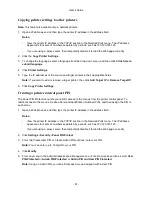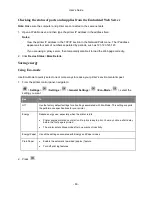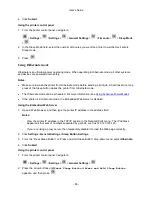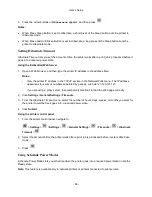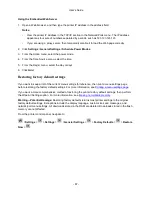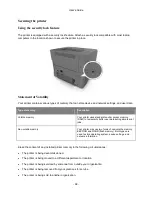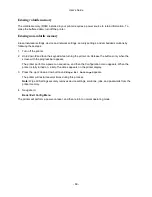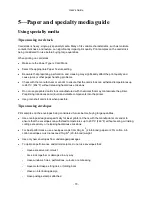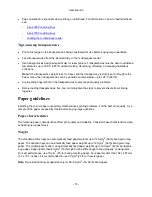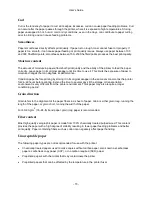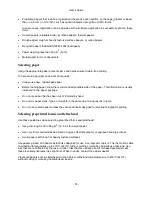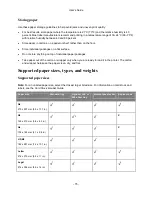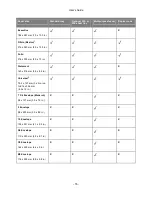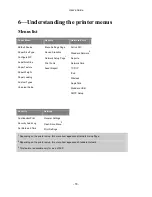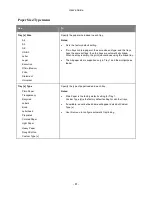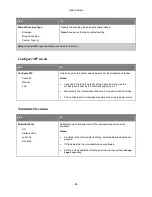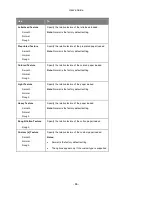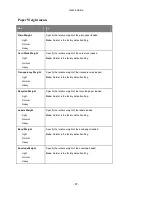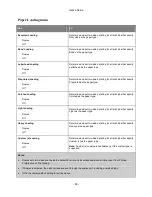
User's Guide
- 74 -
•
Preprinted papers that require a registration (the precise print location on the page) greater or lesser
than +/-2.5 mm (+/-0.10 inch), such as optical character recognition (OCR) forms
In some cases, registration can be adjusted with a software application to successfully print on these
forms:
•
Coated papers (erasable bond), synthetic papers, thermal papers
•
Rough-edged, rough or heavily textured surface papers, or curled papers
•
Recycled papers that fail EN12281:2002 (European)
•
Paper weighing less than 60 g/m
2
(16 lb)
•
Multiple-part forms or documents
Selecting paper
Using the appropriate paper prevents jams and helps ensure trouble-free printing.
To help avoid paper jams and poor print quality:
•
Always
use new, undamaged paper.
•
Before loading paper, know the recommended printable side of the paper. This information is usually
indicated on the paper package.
•
Do not
use paper that has been cut or trimmed by hand.
•
Do not
mix paper sizes, types, or weights in the same tray; mixing results in jams.
•
Do not
use coated papers unless they are specifically designed for electrophotographic printing.
Selecting preprinted forms and letterhead
Use these guidelines when selecting preprinted forms and letterhead:
•
Use grain long for 60 to 90 g/m
2
(16 to 24 lb) weight paper.
•
Use only forms and letterhead printed using an offset lithographic or engraved printing process.
•
Avoid papers with rough or heavily textured surfaces.
Use papers printed with heat-resistant inks designed for use in xerographic copiers. The ink must be able
to withstand temperatures up to 230°C (446°F) without melting or releasing hazardous emissions. Use
inks that are not affected by the resin in toner. Inks that are oxidation-set or oil-based generally meet
these requirements; latex inks might not. When in doubt, contact the paper supplier.
Preprinted papers such as letterhead must be able to withstand temperatures up to 230°C (446°F)
without melting or releasing hazardous emissions.


